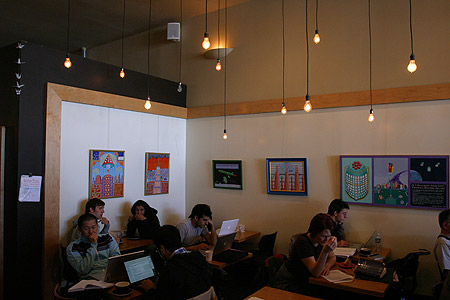Employee motivation and workplace productivity go hand in hand; if your employees are motivated, they perform their tasks at their highest level. Nevertheless, as a team leader, it’s inevitable that you’ll find a number of factors along the way that could decrease employee motivation and weaken business productivity. WeĂve come up with a shortlist of clever tips for avoiding these productivity-killers, while enhancing employee motivation in the workplace. Take a look:
Tip 1: Get Rid of Factors that Affect Motivation
First and foremost, you must get rid of the factors that affect motivation as soon as possible. Typical motivational killers include toxic people with lack of organizational vision and abrasive personalities. Poor communication systems, absence of opportunities for professional development and autocratic management styles also affect employee motivation.

Tip 2: Show How Much You Care
Do you want to deal with low morale in your workplace? Show your employees how much you care for them and, most importantly, how much they are worth to your business. How about showing appreciation with motivational coffee mugs? Last year we used this online printerĂs awesome coffee mugs to reward our team members for going out of their way for a project in particular. They loved it!
There is a wide array of affordable printed items that can work as special gifts. Just keep in mind that you need to tell each employee what you liked about his or her performance on each project in detail. This way, they will rise to the occasion on the next project, trying to win those special gifts and show their team members that theyĂve got some competition. How about giving them recognition with custom printed mousepads that read things such as ĂŹyou made a great difference on the project,ĂŽ ĂŹthanks for all your helpĂŽ or ĂŹgood jobĂŽ? TheyĂre sure to be a hit if you personalize them!
Tip 3: Take Some Time to Relax
Do you sometimes feel you need a break from all the stress of the job? We all do! If you want employees to have an even stronger connection, itĂs nice to have a drink after work or have lunch together every once in a while. By sharing a few laughs and being spontaneous, your employees will feel connected, thus working together collaboratively at the workplace. As you can see, itĂs a win-win situation – so try to include one after-hours outing every month to connect with the team.
It can be anything from going to a sports event, to practicing tag at the local park. Be creative and ask your employees what they would enjoy the most, sometimes a simple casual Friday with pizza will be enough!
We hope this information comes in handy. Keep in mind that, even if enhancing and maintaining productivity in the workplace may seem difficult, you can just try some of these simple tips to boost motivation that is vital to keep up morale and productivity.
Do you have other tips that have worked with your employees in the past? We would love to hear your thoughts. Please feel free to kindly leave a comment below.
Link to image: http://pixabay.com/en/team-spirit-teamwork-euro-207319/




 The benefits to this are that in the long run you’ll have made more decisions than you would have normally and you’ll have the benefit of quick decisions — something that allows you to move on and use your brain power for something else.
The benefits to this are that in the long run you’ll have made more decisions than you would have normally and you’ll have the benefit of quick decisions — something that allows you to move on and use your brain power for something else.
 Notice the title of this entry. Itâs not about how to be productive. Anyone can be productive, if they so desire, every now and again, sometimes on purpose, sometimes not. My objective is to show you how to stay productive once you get there.
Notice the title of this entry. Itâs not about how to be productive. Anyone can be productive, if they so desire, every now and again, sometimes on purpose, sometimes not. My objective is to show you how to stay productive once you get there.









 Tornado Design
Tornado Design Minuteglass
Minuteglass Track The Time Blog
Track The Time Blog